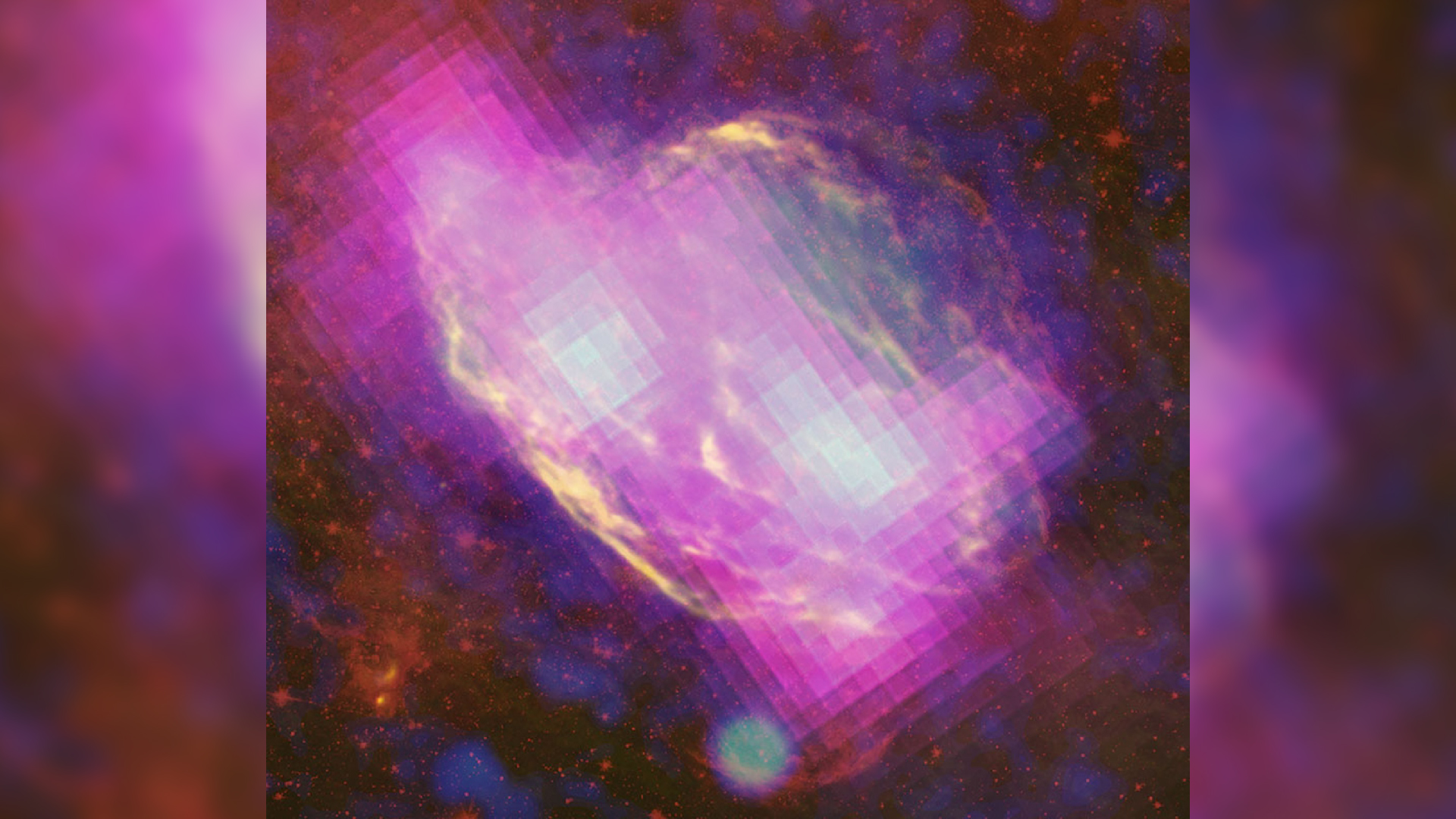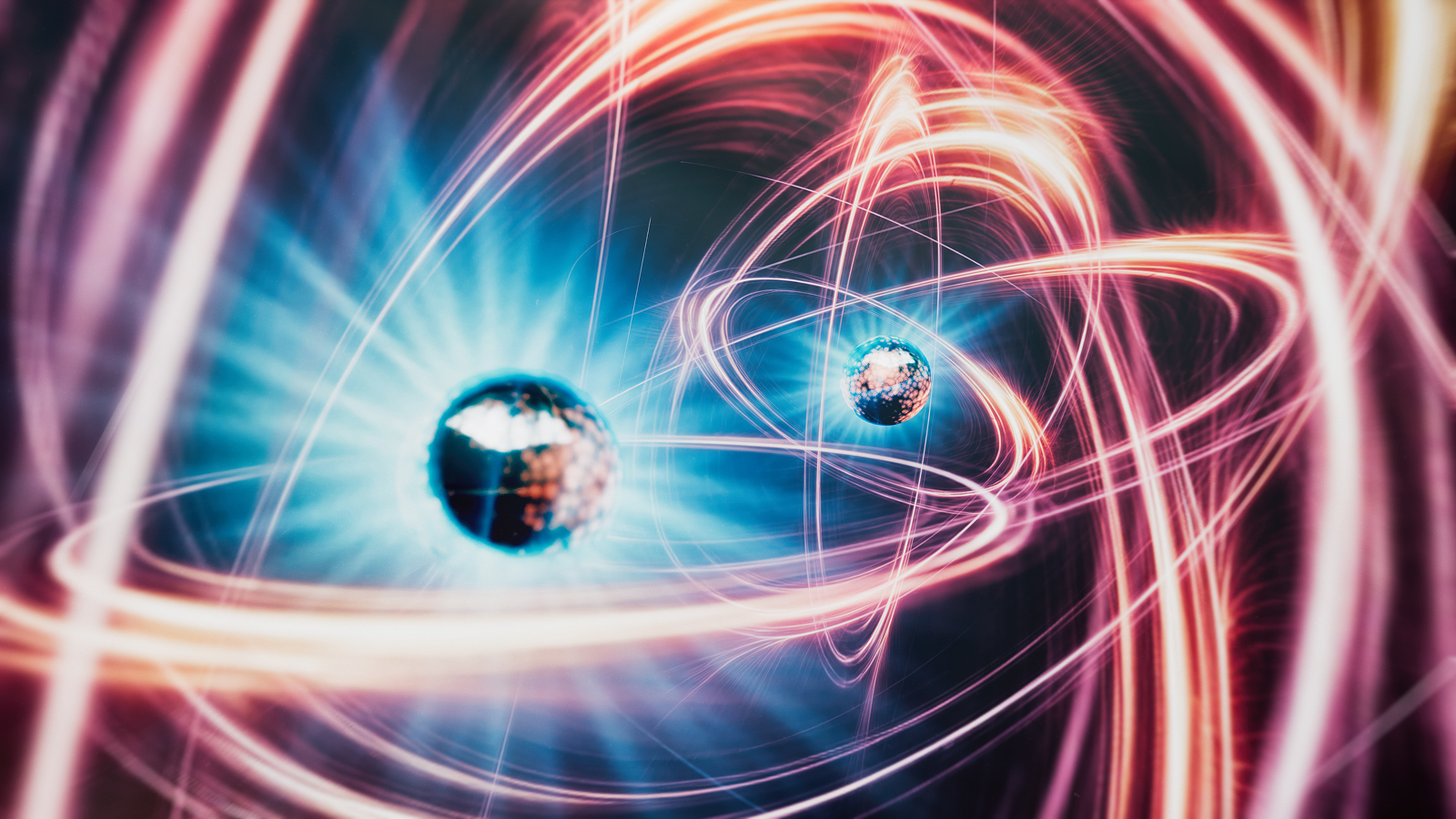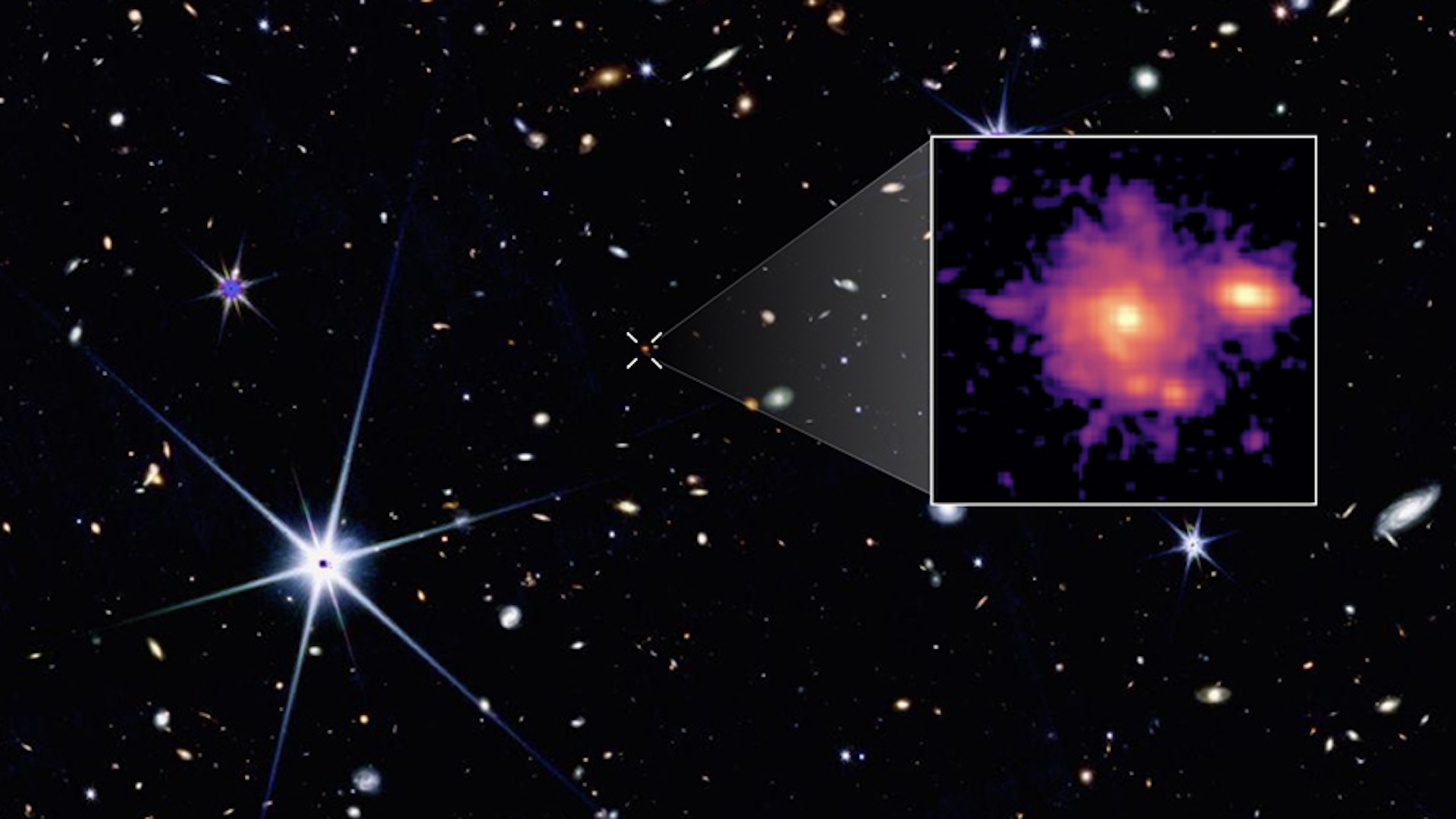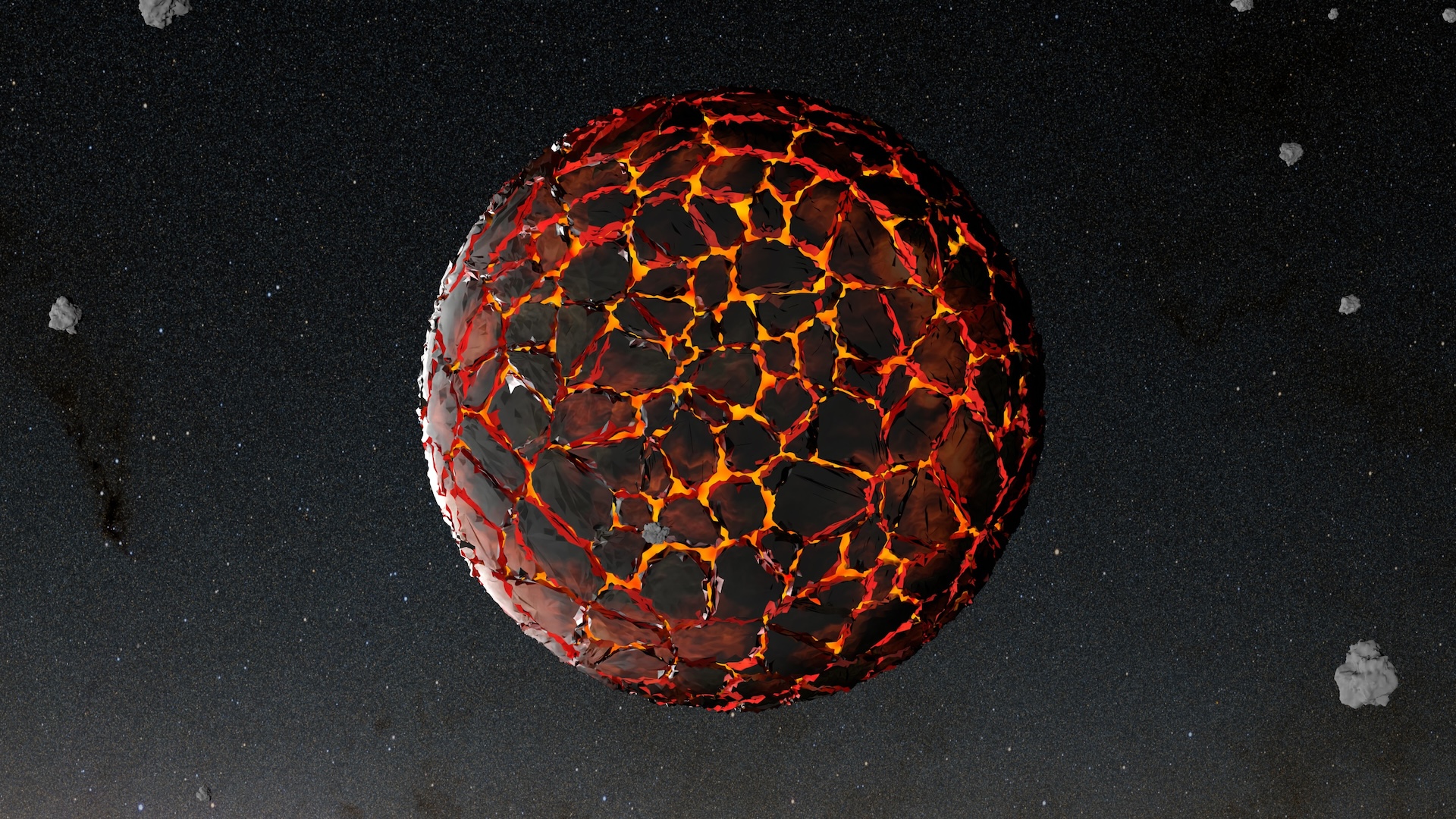Most powerful cosmic rays in the universe start shockingly close to Earth, paper claims
The most powerful cosmic rays in the universe currently have no explanation. New research suggests that exotic, self-annihilating particles in our own galaxy may hold the answer.

The most powerful cosmic rays raining down on Earth may come not from distant corners of the universe but from heavy dark matter particles that annihilate themselves in our own backyard.
Cosmic rays are high-energy particles that constantly stream through the cosmos. They are largely made of protons, but they can occasionally be made of the nuclei of heavy elements, such as helium and even iron. Despite being microscopic, they pack a punch. Each one travels at nearly the speed of light, and the fastest ones have energies trillions of times stronger than our most powerful particle accelerators.
Astrophysicists understand the origins of most cosmic rays. Any time there is an energetic event in the universe, it's likely to produce a shower of cosmic rays. This can include supernovas, merging stars and matter being swallowed by black holes.
Related: 32 physics experiments that changed the world
But we do not fully understand the origins of the most powerful cosmic rays. The problem is that, although there are plenty of energetic sources for them, those sources are billions of light-years away. These superenergized particles cannot travel those great distances without slowing down significantly. So perhaps their origins are much closer to home.
And perhaps their origins are much more exotic than a mere cosmic explosion. In a recent paper that has not yet been peer-reviewed, a Russian astrophysicist proposes that the most powerful cosmic rays originate from an exotic form of dark matter.
Heavy, dark, and self-destructive
This dark matter particle would itself be very heavy — far heavier than even the heaviest known particle, the top quark. Known as a scalaron, this dark matter particle would have been created in the earliest moments of cosmic history, during an epoch known as inflation, when the universe became many orders of magnitude larger in an instant.
Sign up for the Live Science daily newsletter now
Get the world’s most fascinating discoveries delivered straight to your inbox.
Since then, the scalaron has largely remained in the background, as it's invisible to light and affects the rest of the universe only through its gravitational influence. But very, very rarely, two scalarons can intersect — and, in the process, annihilate each other in a flash of energy. That flash can include extremely energetic cosmic rays.
Scalarons are everywhere, so they can produce ultra-high-energy cosmic rays within our own galaxy. But this is where fun ideas must meet observational reality. If the scalarons intersect too often, they will produce more high-energy cosmic rays than we observe. Conversely, if they don't intersect and annihilate often enough, then it won't match known observations.
It just so happens that it's possible for annihilating scalarons to be responsible for the number of high-energy cosmic-ray detections we have; the densities and interaction frequencies match the known behavior of dark matter.
However, this is a tenuous hypothesis. The production of scalarons in the early universe requires adjustments to Einstein's theory of general relativity that may not hold up to further scrutiny. And there are competing proposals for explaining the highest-energy cosmic rays. For instance, they may be produced inside molecular clouds in our own galaxy, without requiring dark matter.
Still, it's an interesting idea, and it shows how the extremes of our universe can be used as a test bed for radical ideas. By continuing to pursue these ideas, we can find other ways to test them observationally. And if this idea works out, it will give us a window into not just dark matter but the early universe itself.

Paul M. Sutter is a research professor in astrophysics at SUNY Stony Brook University and the Flatiron Institute in New York City. He regularly appears on TV and podcasts, including "Ask a Spaceman." He is the author of two books, "Your Place in the Universe" and "How to Die in Space," and is a regular contributor to Space.com, Live Science, and more. Paul received his PhD in Physics from the University of Illinois at Urbana-Champaign in 2011, and spent three years at the Paris Institute of Astrophysics, followed by a research fellowship in Trieste, Italy.
You must confirm your public display name before commenting
Please logout and then login again, you will then be prompted to enter your display name.









